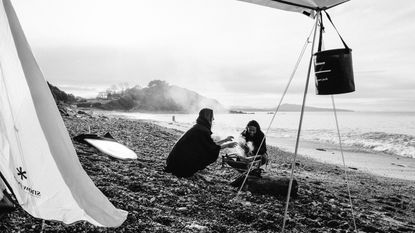Outerwear
The latest Outerwear breaking news, comment, reviews and features from the experts at T3
-
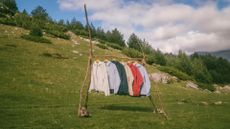
Feel the Alps on your back with Quechua’s new lightweight hiking gear
The collection levels up hiking gear with ultra-light jackets and trail-ready shoes
By Matt Kollat Published
-

Think your outdoor gear is tough? Klattermusen’s new line says otherwise
The Swedish outdoor brand's new gear is no gimmicks, just pure performance
By Matt Kollat Published
-

Merrell drops a SpeedARC without the BOA – and your wallet will thank them
SpeedARC Matis swaps BOA for laces but keeps the tech
By Matt Kollat Published
-

Kathmandu's Seeker activewear collection reimagining emissions by turning pollution into performance
Innovative materials redefine sustainable fashion in Kathmandu's new range
By Matt Kollat Published
-
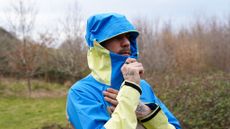
I tried Peak Performance's Vislight Gore-Tex jacket and now quiet shells feel boring
A waterproof shell that proves you can have style and substance
By Matt Kollat Published
-
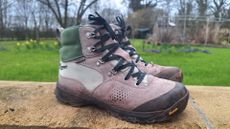
Danner Inquire Mid review: a stylish and supportive boot designed for women
Part of Danner’s Precision Fit Collection, the Inquire Mid has been designed specifically for women’s feet, to offer optimal support and functionality
By Bryony Firth-Bernard Published
-

Best waterproof jackets 2025: coats to weather any storm
Waterproof shells to keep you dry, whatever the weather
By Matt Kollat Last updated
-

REI is having a Patagonia clearout right now – here are 5 things I'd buy
The outdoor retailer currently has over 300 Patagonia items on sale!
By Matt Kollat Published
-
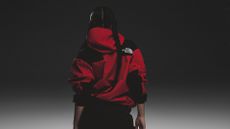
The North Face reinvents one of its most iconic jackets 40 years after its landmark debut
The brand celebrates Mountain Jacket's big anniversary with a fresh 2025 collection
By Matt Kollat Published
-
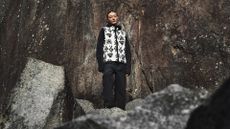
Peak Performance's Petroglyphs Collection looks like ancient cave art got loose in the Alps
Prehistoric chic for the win
By Matt Kollat Published
-
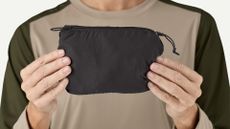
New Patagonia Trail Craft Vest has a feature that makes it essential for outdoor pursuits
There is packable, and then there is the Trail Craft Vest
By Matt Kollat Published
-

Canada Goose's latest collection makes me want to dress like a waste collector
The Sea Mantra Collection is highly functional and is built for the harshest, wettest conditions on Earth
By Matt Kollat Published
-
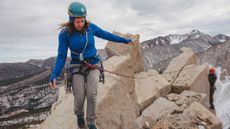
Patagonia's massively popular fleece gets a redesign for 2025 – it seems like a must-have for mountain folk
The R1 fleece is designed with input "from thousands of climbing hours"
By Matt Kollat Last updated
-
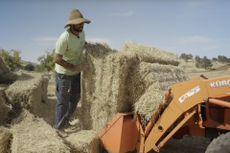
Patagonia secretly released some new denim workwear and I don't think I wanted anything else more in my life
Workwear never looked so good
By Matt Kollat Published
-
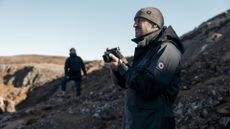
Leica and Shackleton unite for the ultimate photographer’s jacket
The Frank Hurley Jacket keeps photographers warm, dry, and organised
By Matt Kollat Published
-
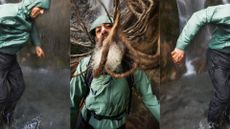
Jack Wolfskins Prelight 2.5l Lt Jacket is lightweight, breathable and ready for anything
Featuring the brands' TEXAPORE ECOSPHERE PRO system, this waterproof jacket is hardcore
By Matt Kollat Published
-
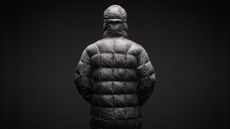
Vollebak pushes the limits of outerwear with Double Graphene Puffer and Shielding Suit
The company continues to weave innovation into every thread
By Matt Kollat Published
-
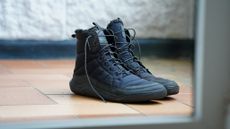
Vivobarefoot Gobi Hiber review: Barefoot warmth perfected for winter
Warm, flexible, and sustainably crafted, the Vivobarefoot Gobi Hiber is the ultimate barefoot boot for tackling cold-weather strolls in comfort and style
By Matt Kollat Published
-
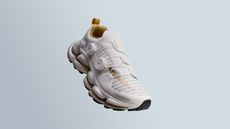
Merrell reimagines hiking shoes for a new era with SpeedARC Surge BOA
Lightweight design meets heavyweight features
By Matt Kollat Published
-

Best fleece jackets 2025: embrace the chill with our top mid-layer picks
From cosy mid-layers to versatile outerwear, these top fleece jackets combine warmth, style, and performance to keep you comfortable in every adventure
By Matt Kollat Last updated
-

Best umbrella 2025: shelter from showers with these raining champions
The best umbrellas keep you dry, look stylish and withstand the test of time
By Alistair Charlton Last updated
-

Best wellies for men 2025: waterproof boots for hiking, walking, and festivals
Find the best wellies for protecting your feet in any weather and during all kinds of activities
By Matt Kollat Last updated
-

Montane strikes gold in the battle against wet weather with its AW25 down jackets
Starting with the AW25 collection, the British brand brings this revolutionary gold-infused technology to all its down jackets
By Matt Kollat Published
-

10 umbissable outdoor deals in the REI Co-op Cyber Monday sale – end today!
You have a few hours left to shop the best outdoor deals at REI Co-op
By Matt Kollat Published
-
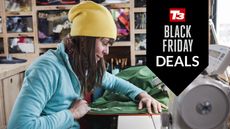
REI Co-op Patagonia Black Friday sale is live – here are T3's outdoor experts' top picks
Up to 75% off the hottest Patagonia gear at REI Co-op
By Matt Kollat Published
-

How Vollebak built the first lab-grown sweater
The brand's latest innovation blends molecular engineering with sustainable luxury, creating a groundbreaking biomaterial
By Matt Kollat Published
-

Forget Black Friday – I'm shopping Columbia’s Vader Collection that brings Sith style to winter wear
Darth Vader’s iconic look meets Columbia’s cutting-edge tech in a 16-piece collection full of surprises for Star Wars fans
By Matt Kollat Published
-
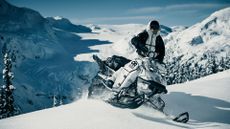
Outdoor Research’s new alpine gear uses Special Forces camouflage reserved for the US Military
A limited-edition drop brings high-tech stealth to backcountry skiing
By Matt Kollat Published
-

Sneaker style blossoms with the HUGO x Flowers for Society GO-2 collaboration
HUGO and Flowers for Society unveil the GO-2 sneaker with a hiking twist and a floral pop-up
By Matt Kollat Published
